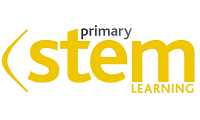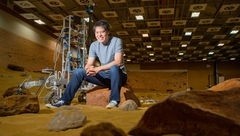November 20, 2015
by User deactivated
0 comments
The Physiological Society are challenging students to design and carry out their own research project to find a way of improving performance in a sport of their own choice by optimising the body’s physiology. They will be expected to present their findings to The Physiological Society and illustrate how their findings could be applied in real athletic events. Projects in other areas of physiology are also welcome.
Am I eligible to enter?
- Students must be 16-19 years old and studying towards A-levels, Advanced Highers, Irish Higher Leaving Certificate (or equivalent)
- Students must have the support of a teacher
- Projects must investigate an area of physiology e.g. cardiovascular, respiration, hydration, musculoskeletal, diet and nutrition, health or neuroscience. Projects in performance enhancement are particularly welcome this year.
Can I work with someone else?
Students can work alone or in groups of up to 4. Group work is encouraged, but contributions from any parties outside the group (e.g. significant input from teachers or mentors) must be clearly acknowledged. It is recommended that students work with individuals that have expertise complementary to their own.
What do I have to do?
There are 3 stages of this competition:
Registering the project
Every student intending to take part in this competition must first register their project by 14 December 2015.
Submitting a progress report
Once students have registered their projects, they can begin their investigations. Mid-way through the project, after approx. 15 hours’ research, students must submit a summary of their progress by 28 February 2016.
Students will be encouraged to present their progress reports in an innovative and informative way e.g. as a video, podcast, website or presentation.
All progress reports received will then be assessed by an independent panel and a number will be shortlisted to take part in the final stage of the competition.
Presenting the completed project at a scientific conference
Shortlisted students will be asked to complete a further 15 hours of research (bringing the total hours spent to 30) and present their completed project as a poster for final judging in London during July 2016.
At final judging, scientists will visit the poster displays and speak to the students about their projects. An independent panel of judges will also be present to review the posters (using the mark scheme below) and award Gold, Silver and Bronze prizes to the best projects on the day.
Key submission deadlines
- 14 December 2015: Registering the project
- 28 February 2016: Submitting a progress report
- July 2016: Presenting the completed project
More details (and the marking scheme for projects) can be found here.











